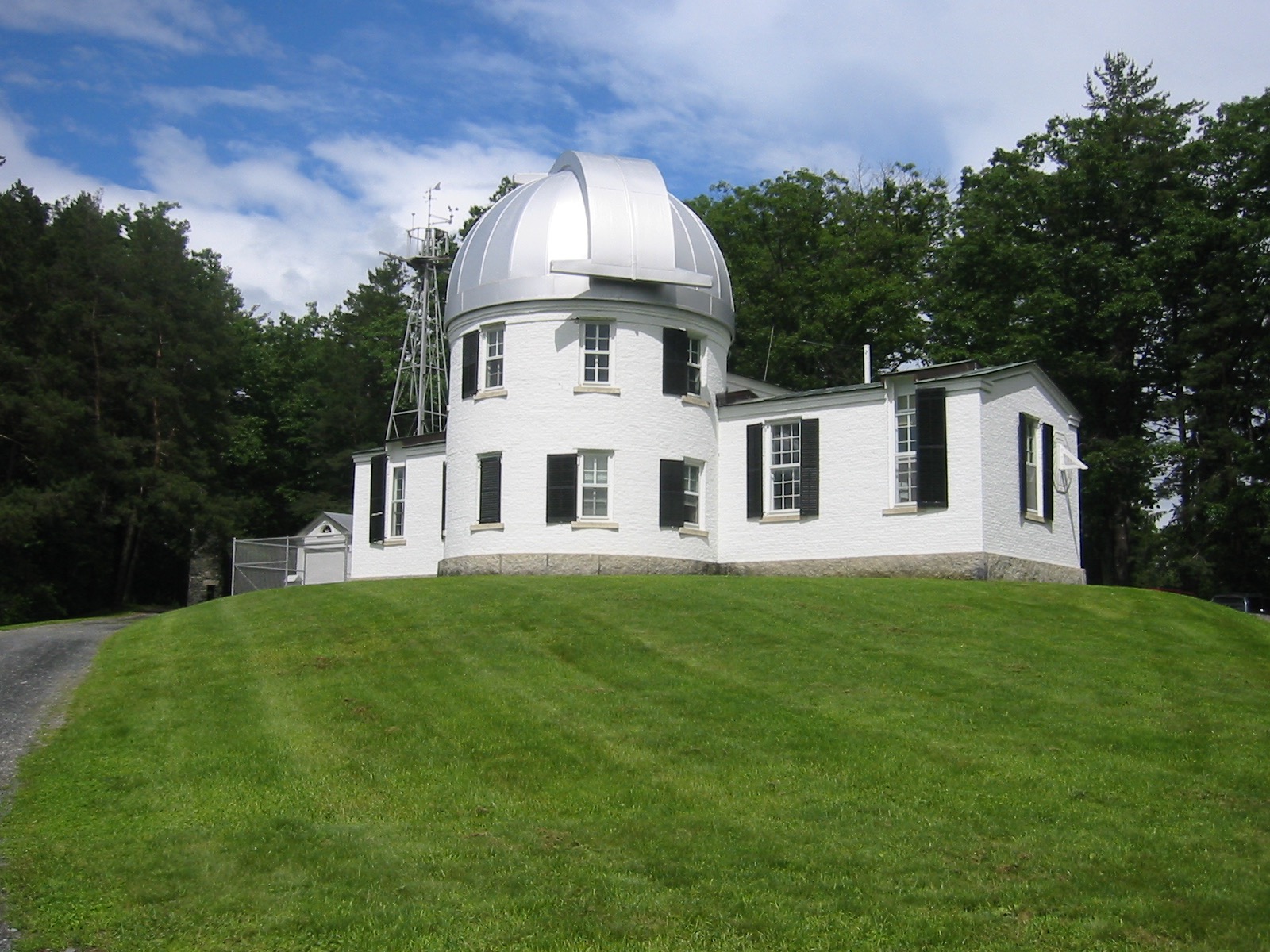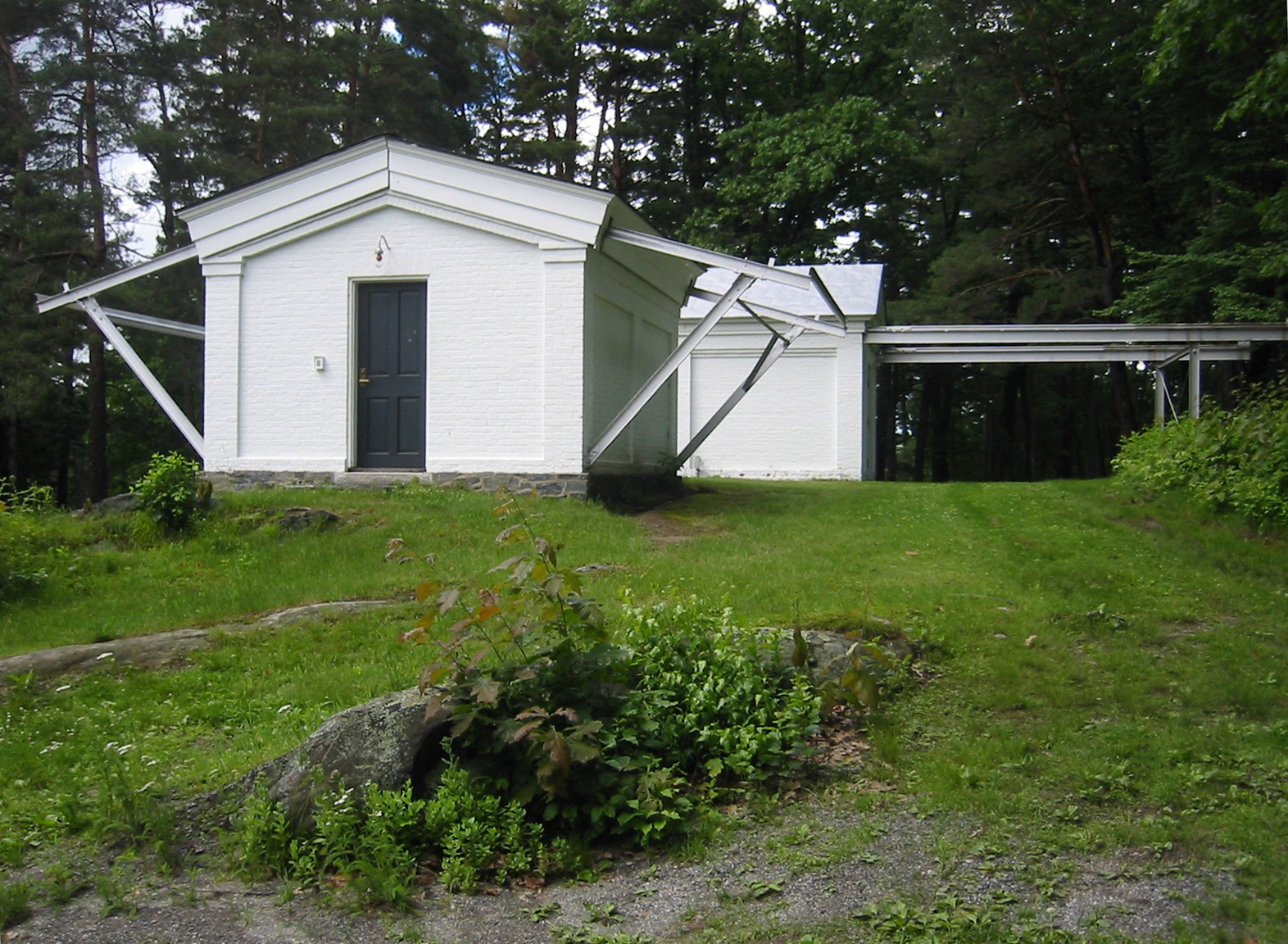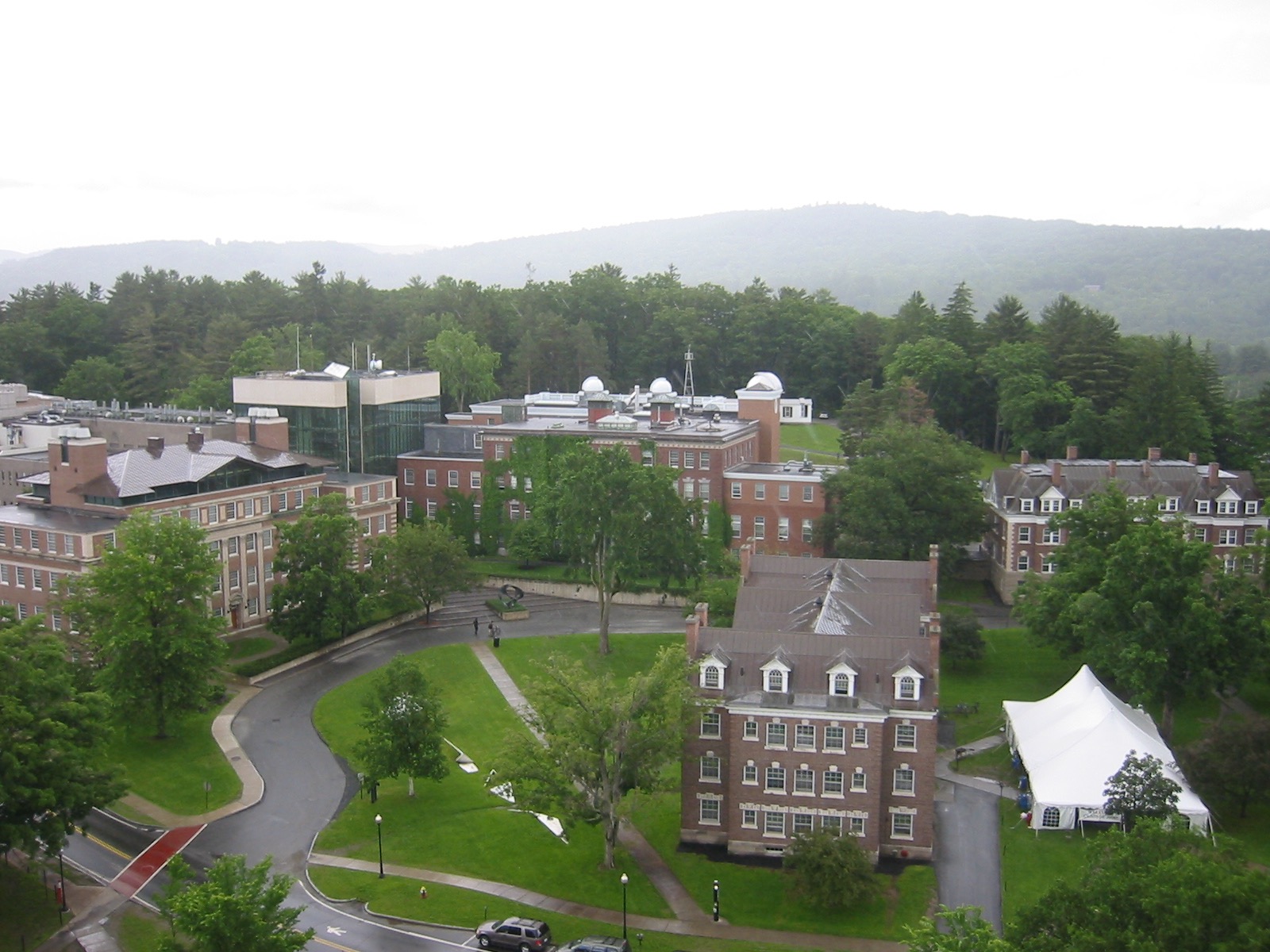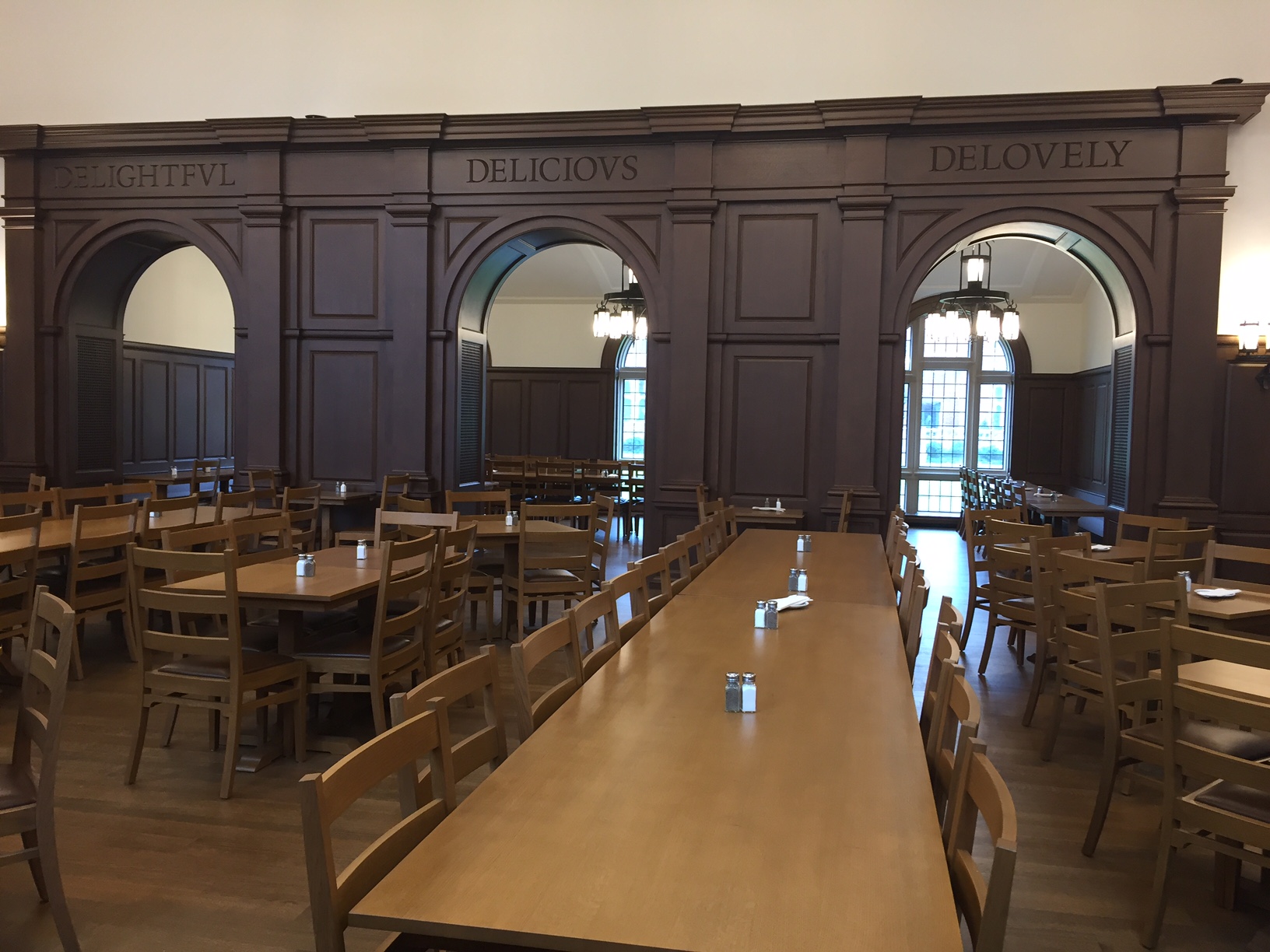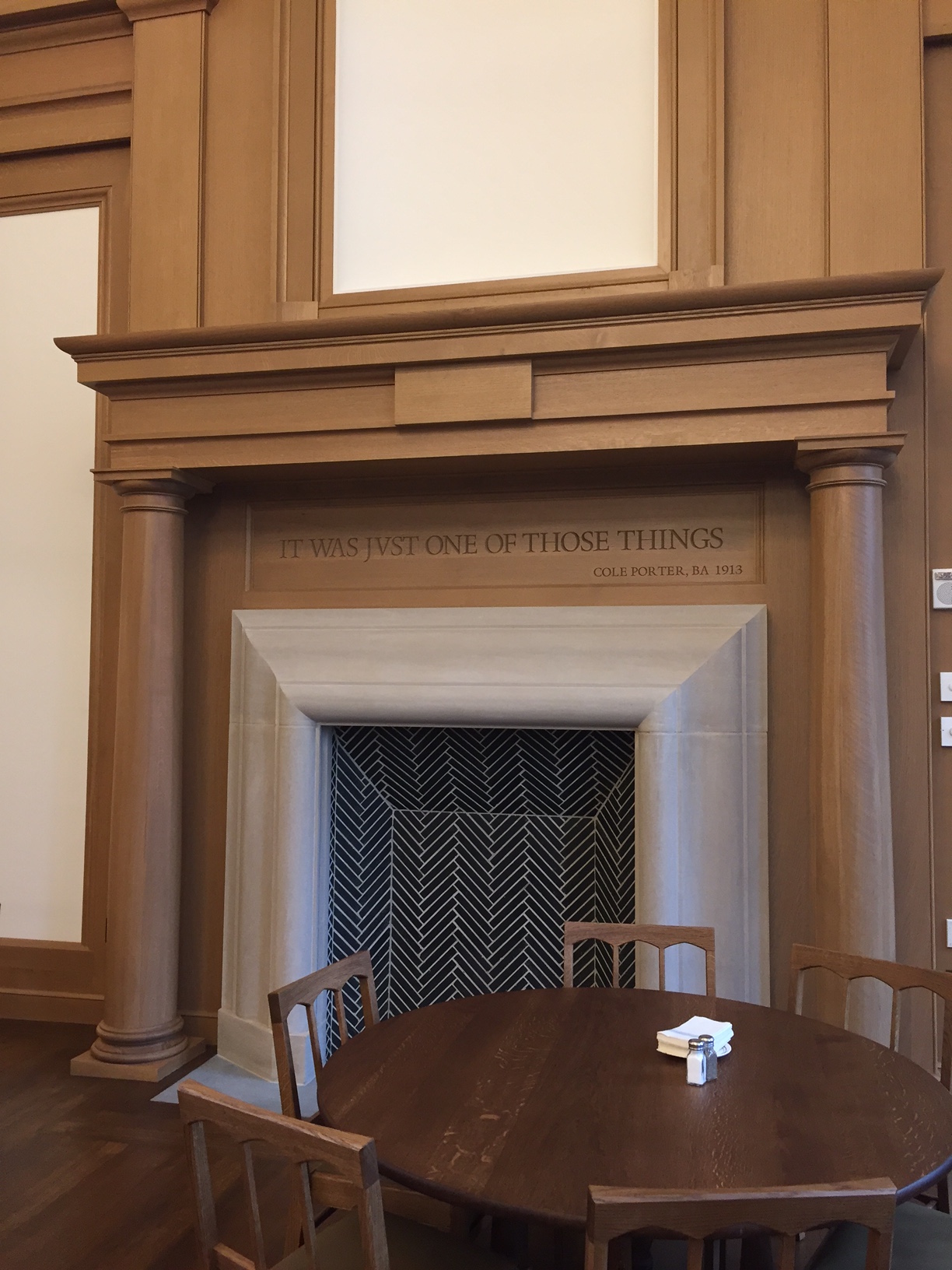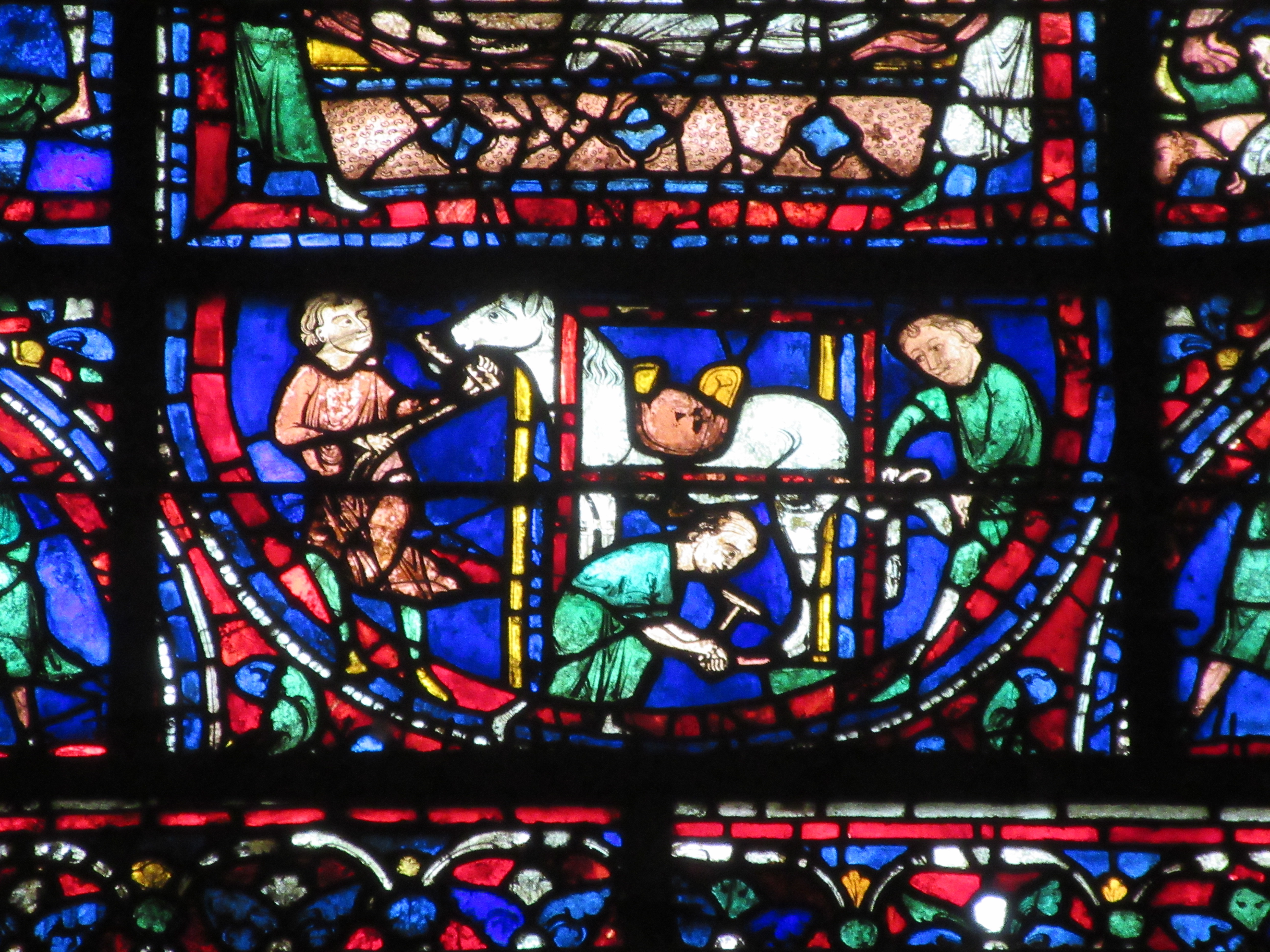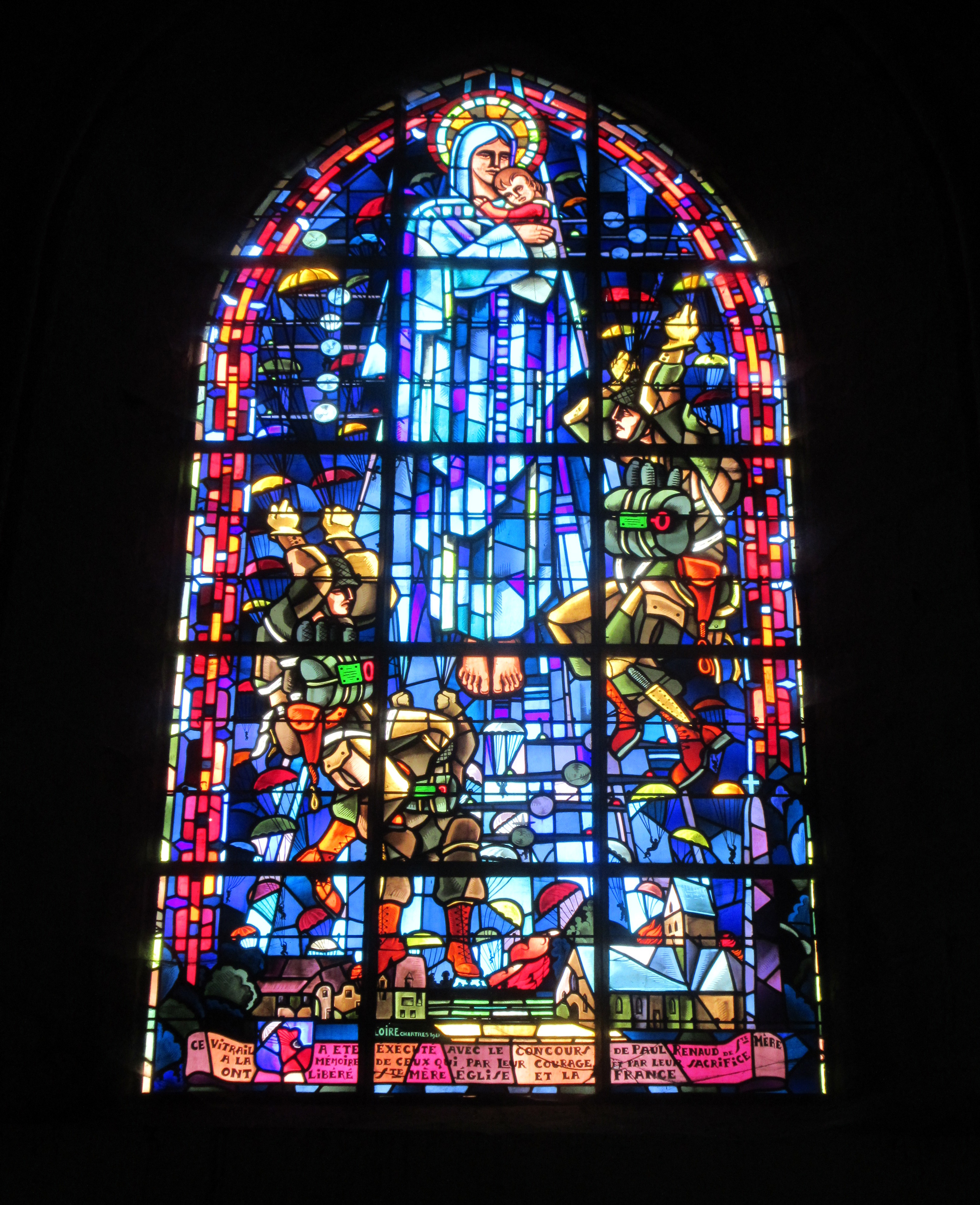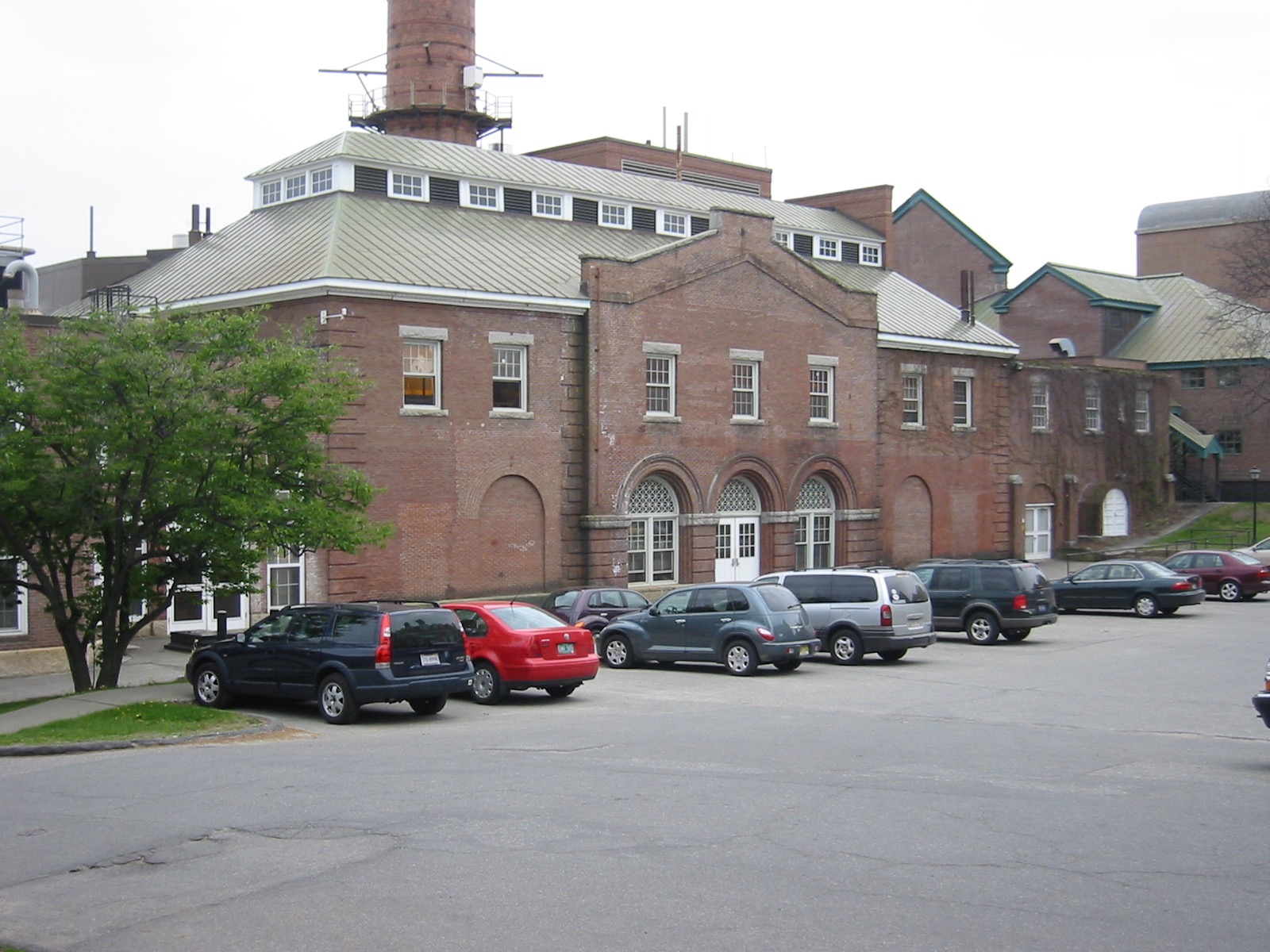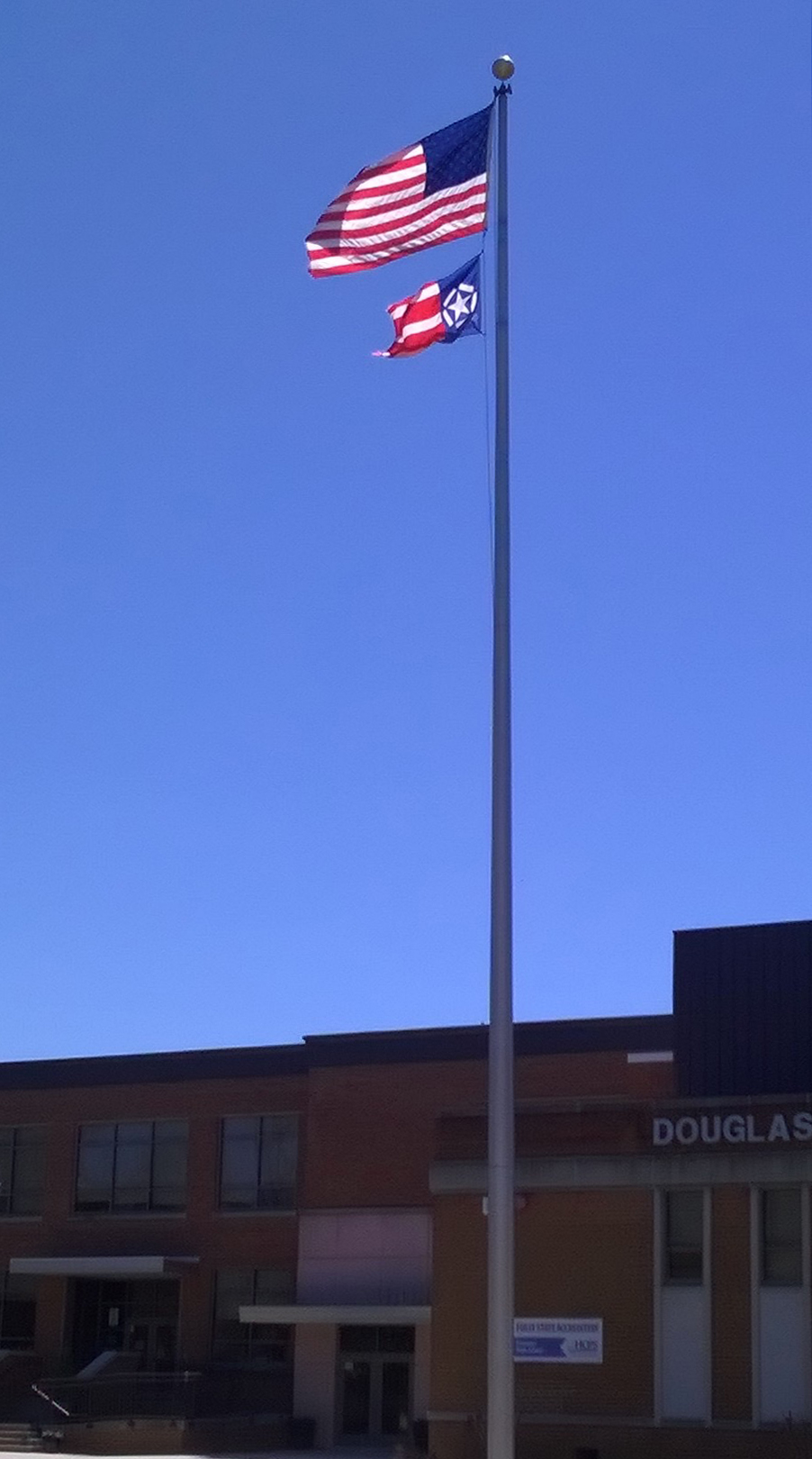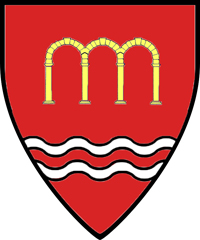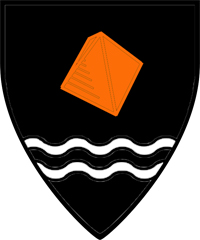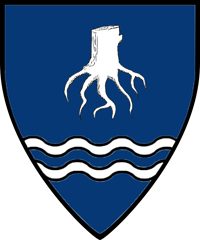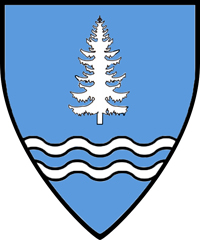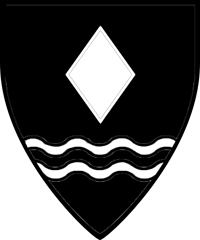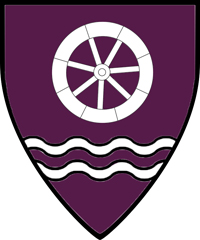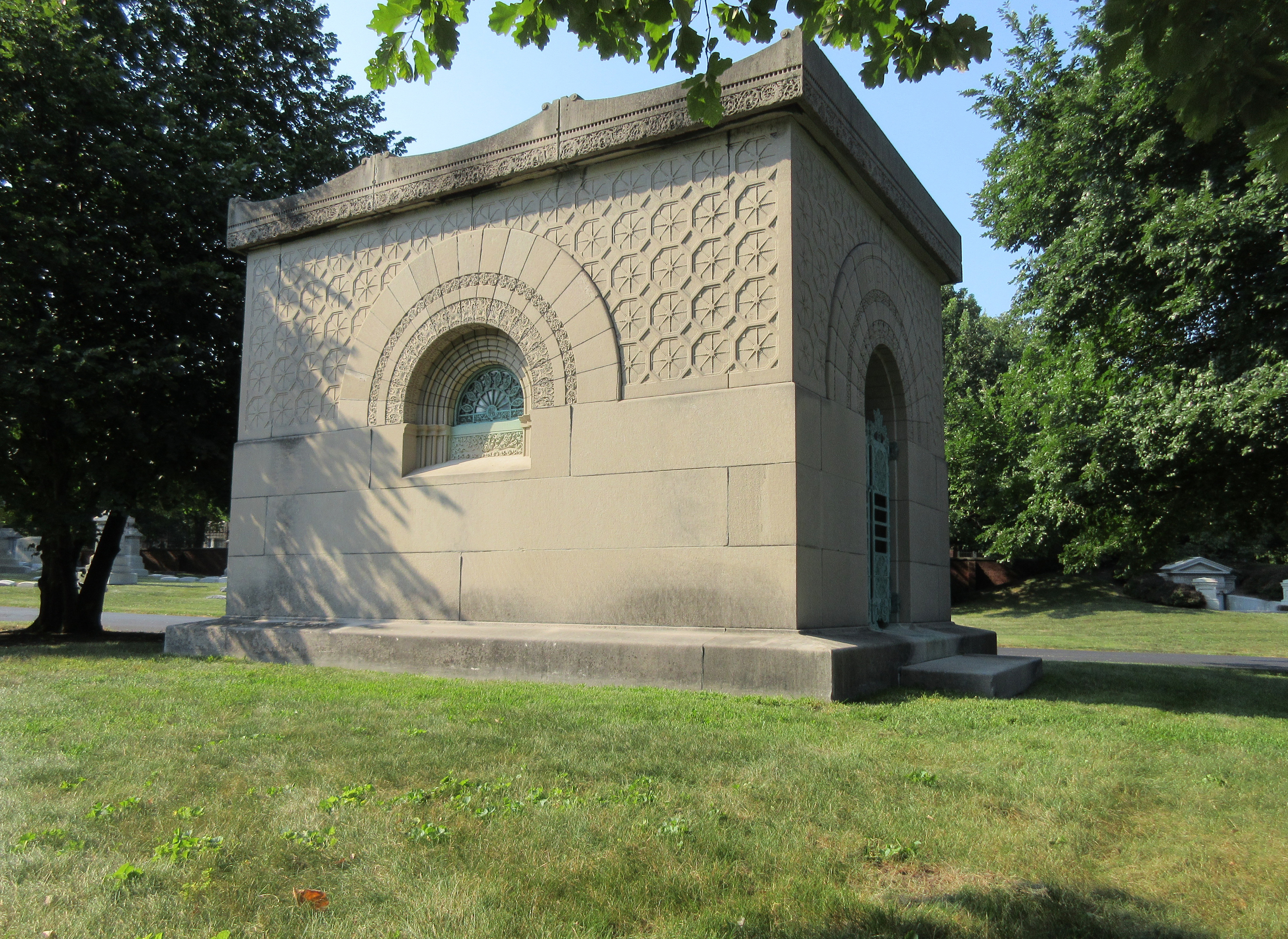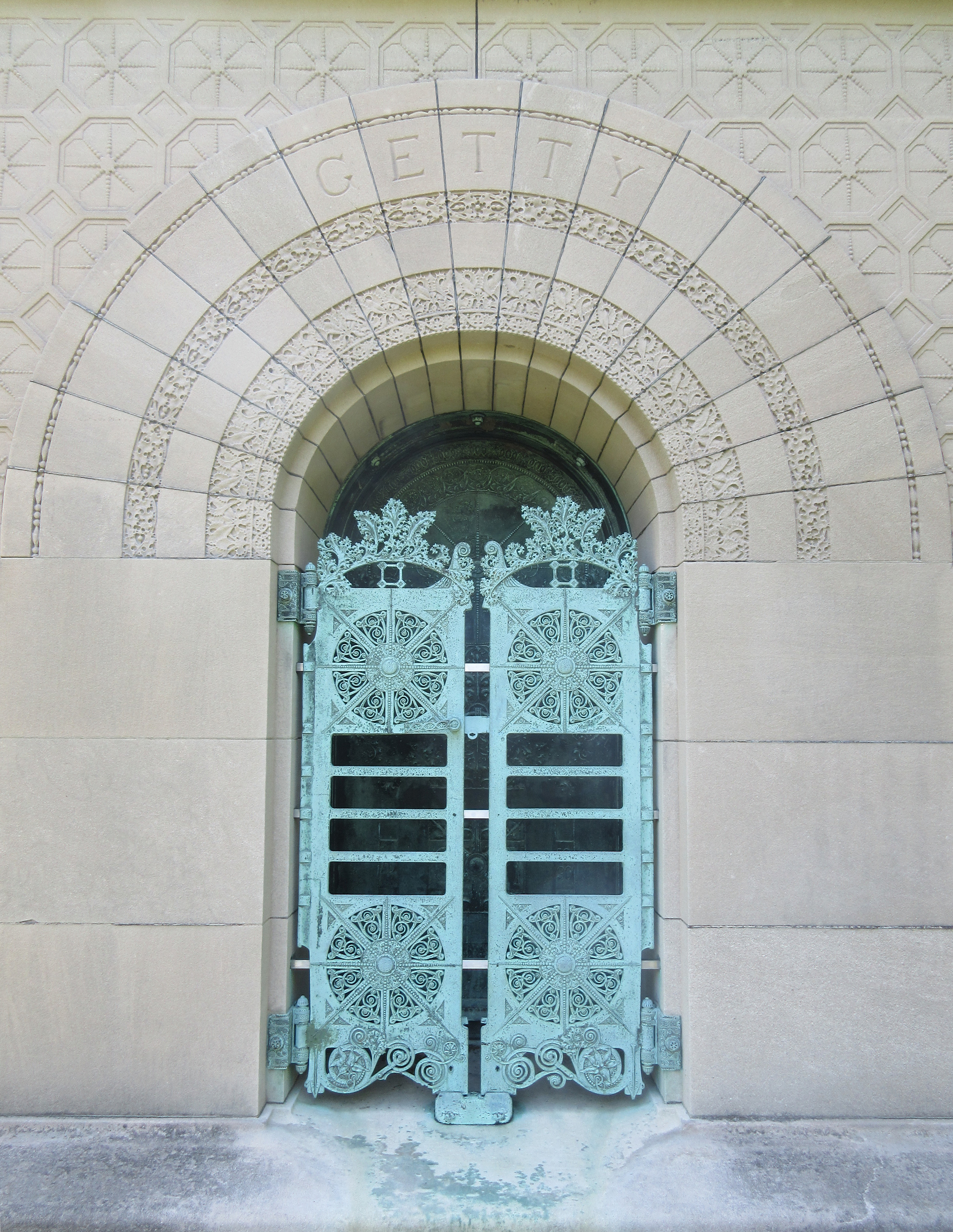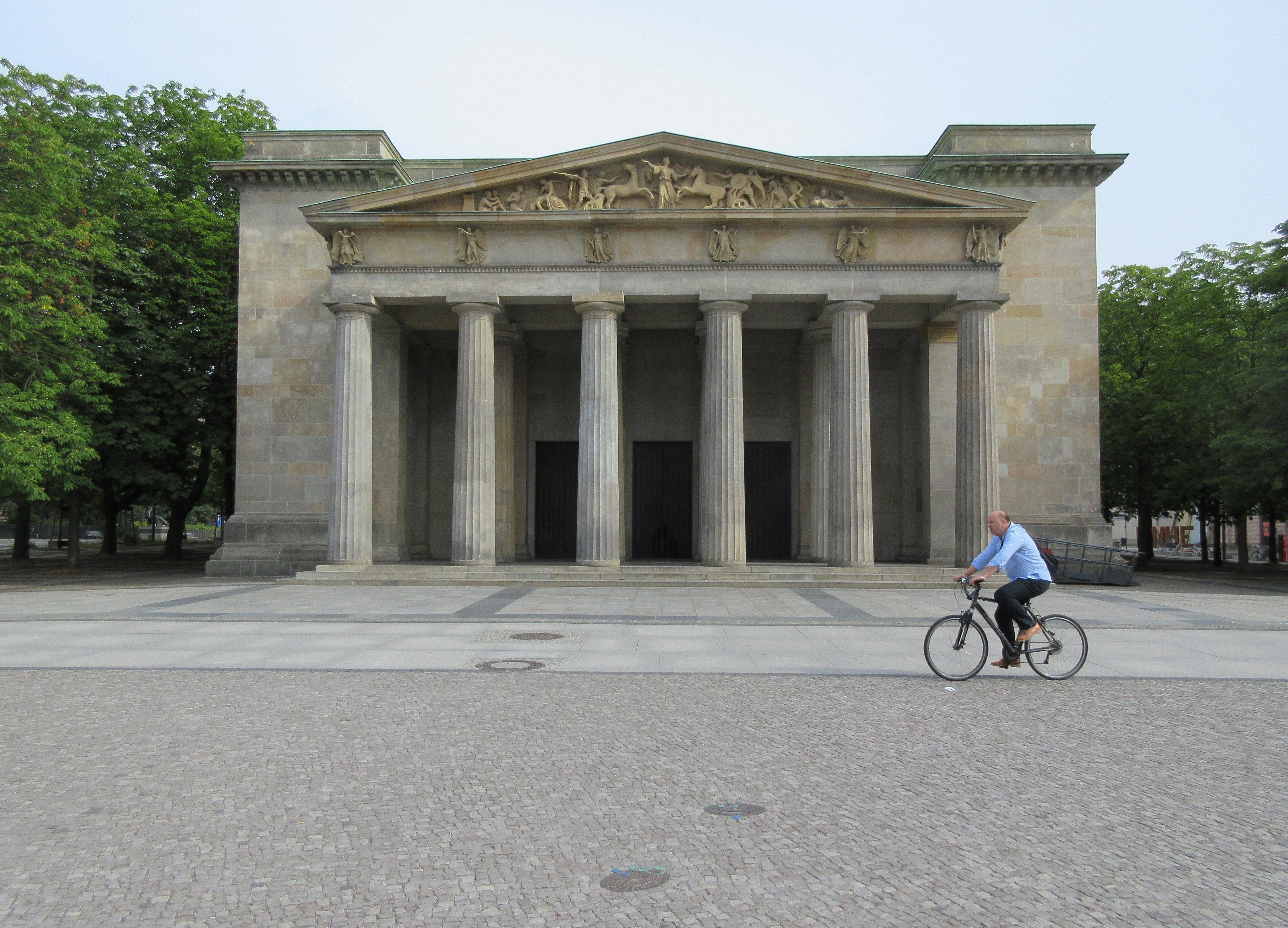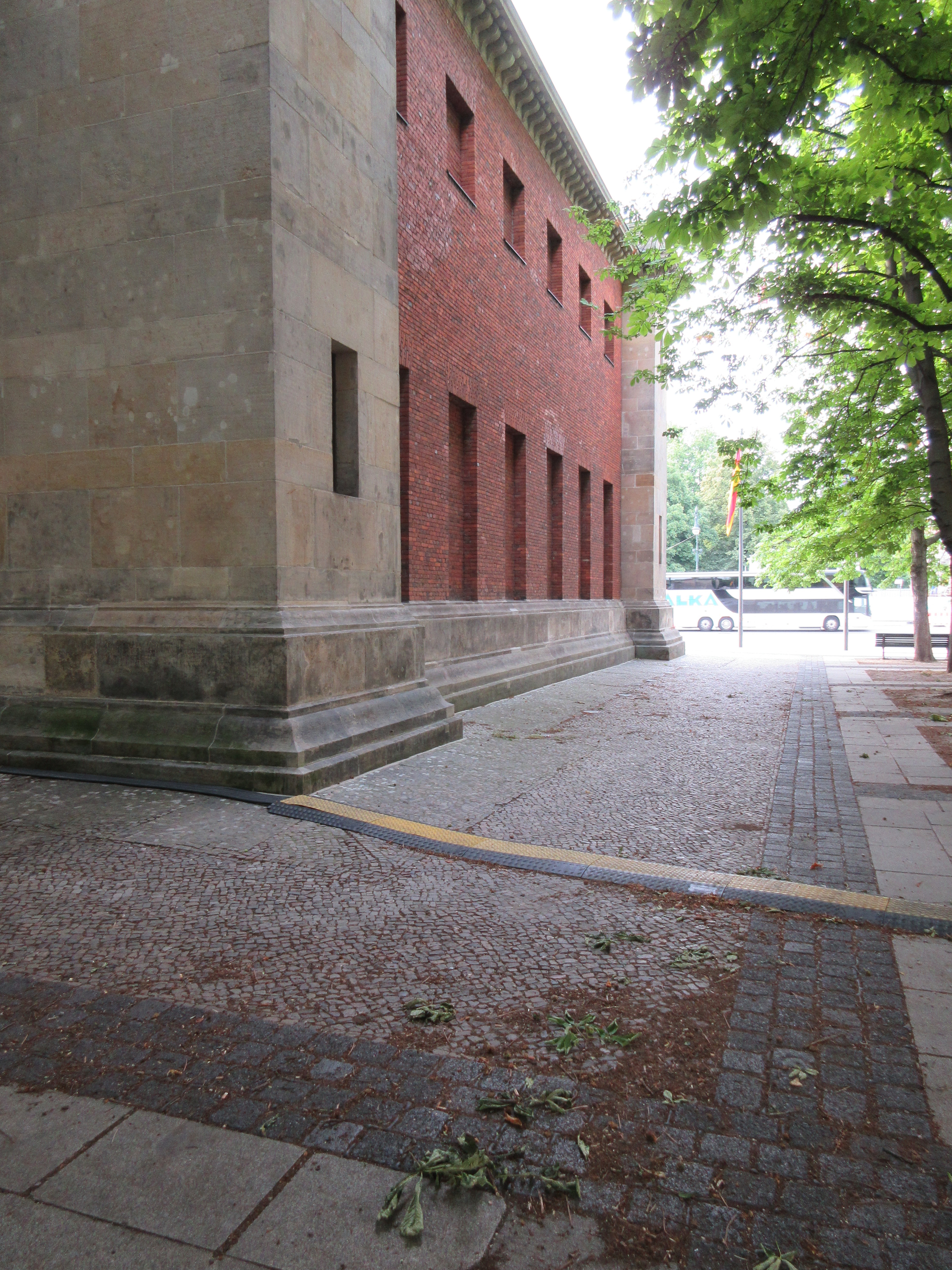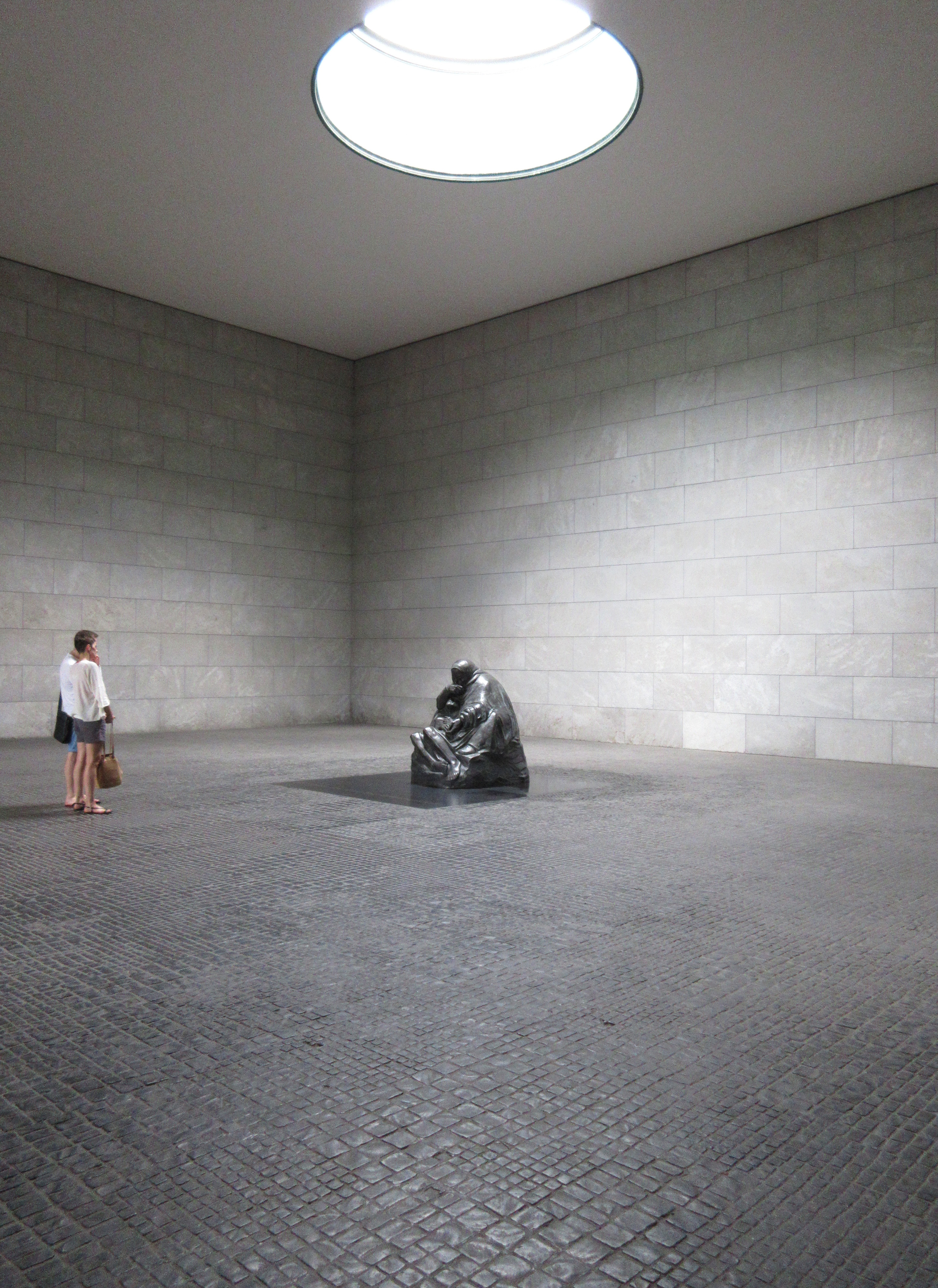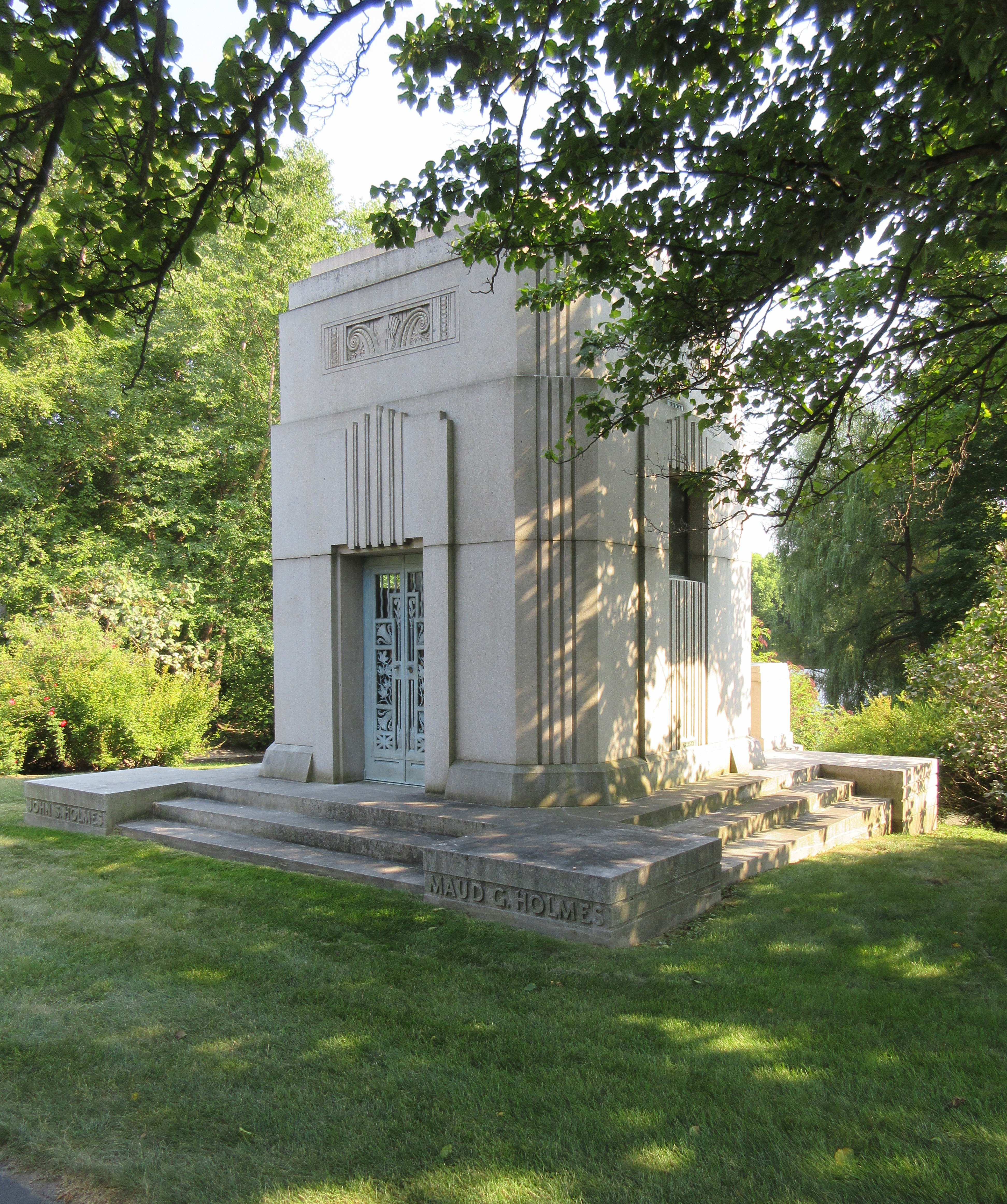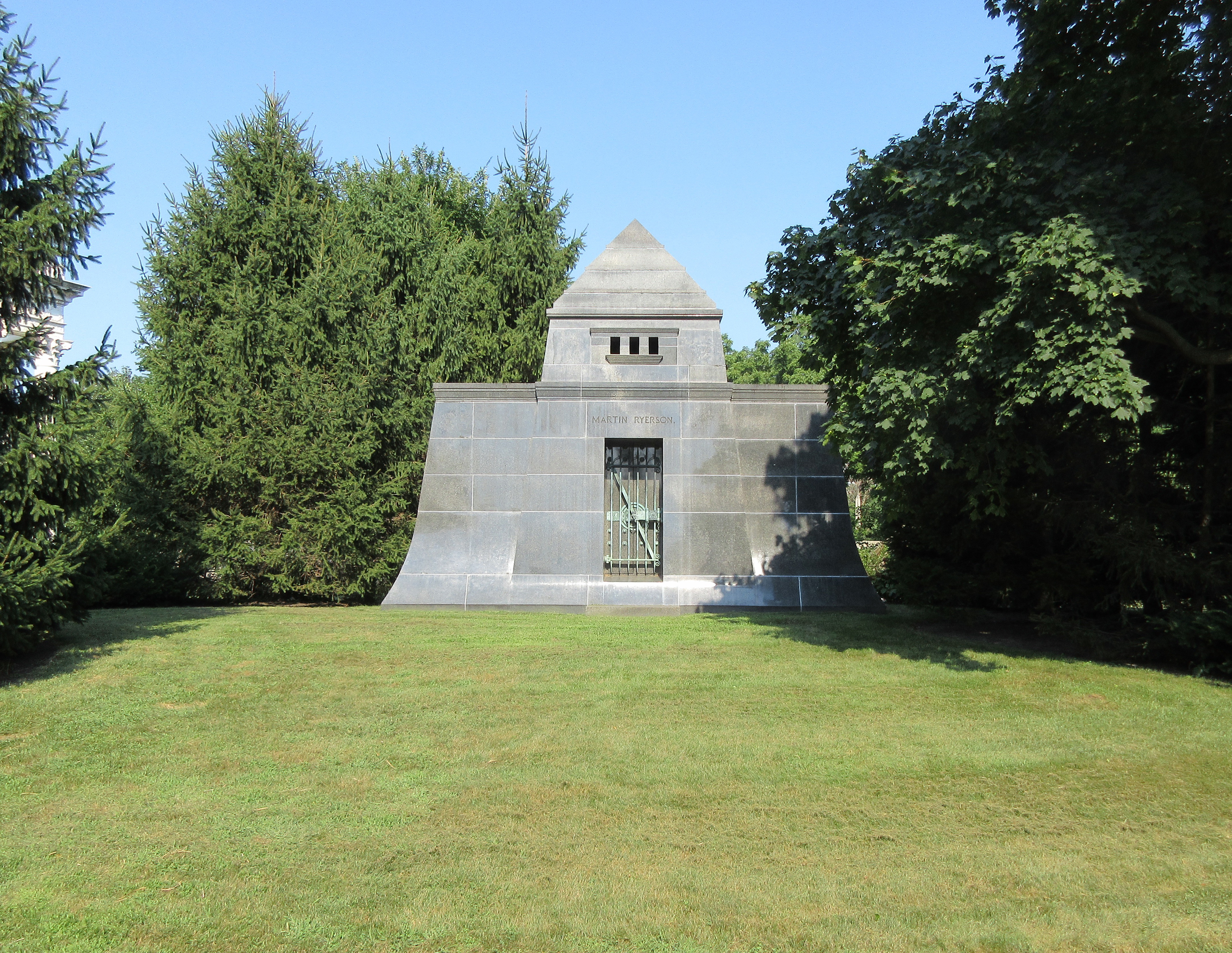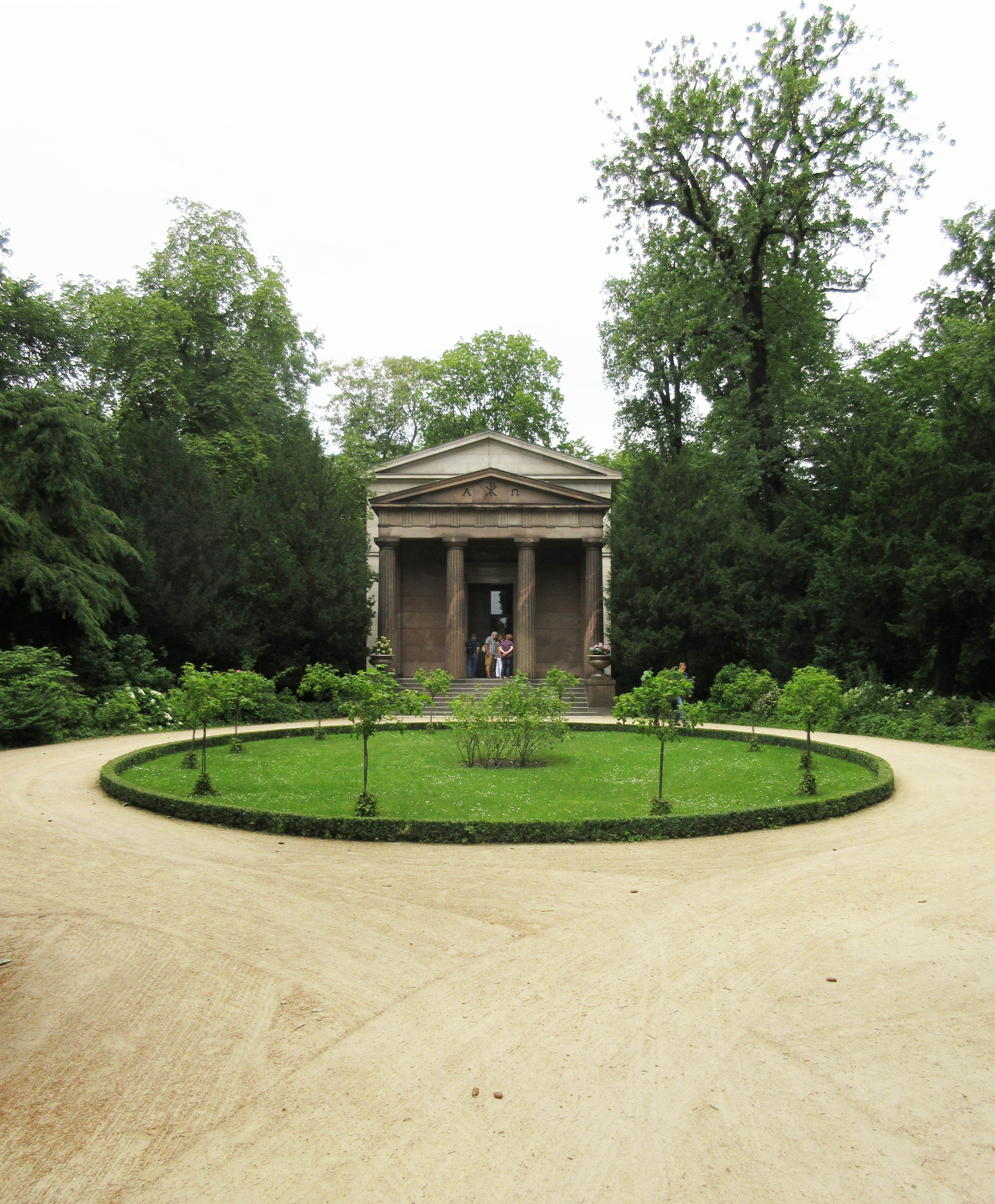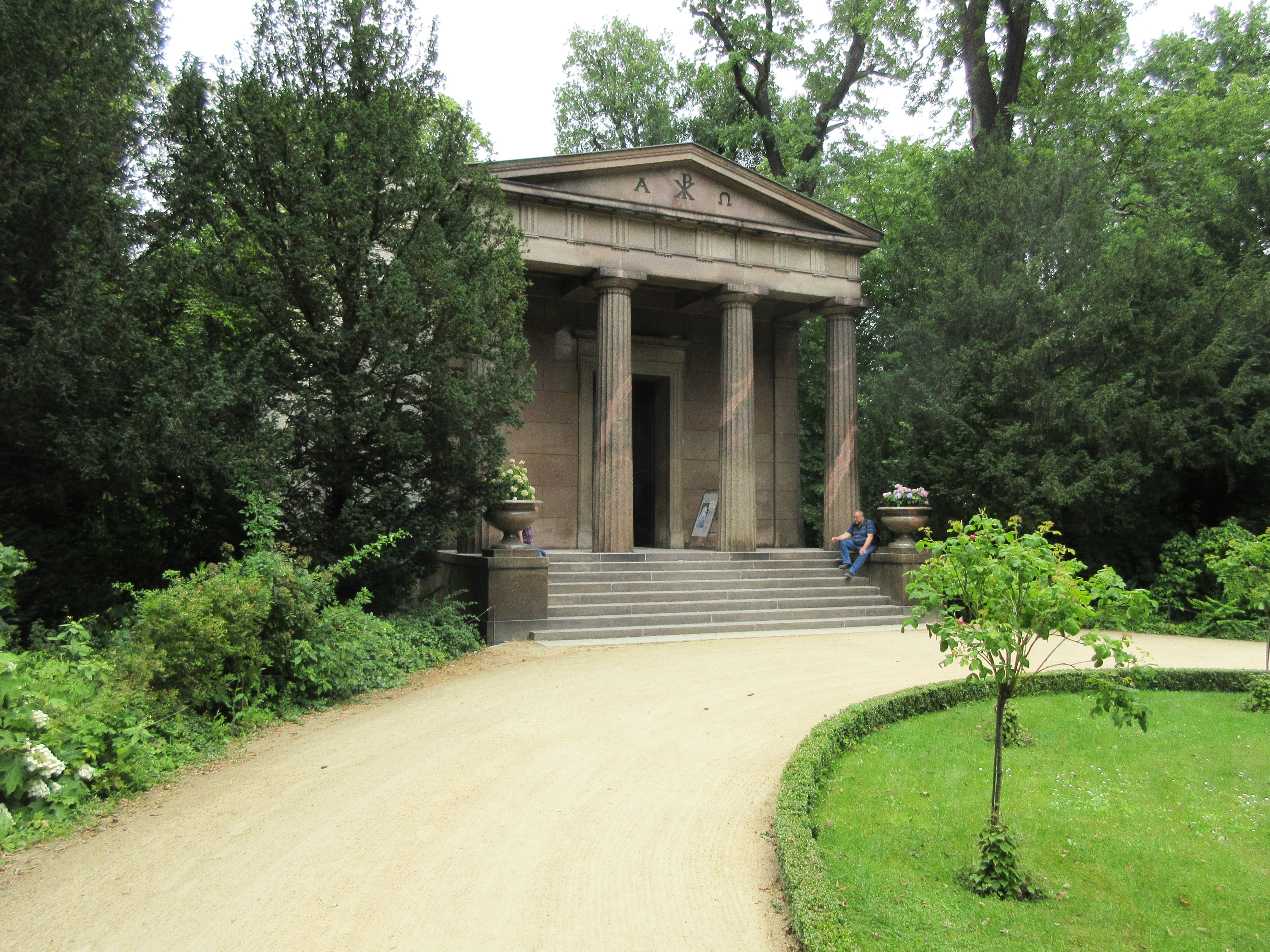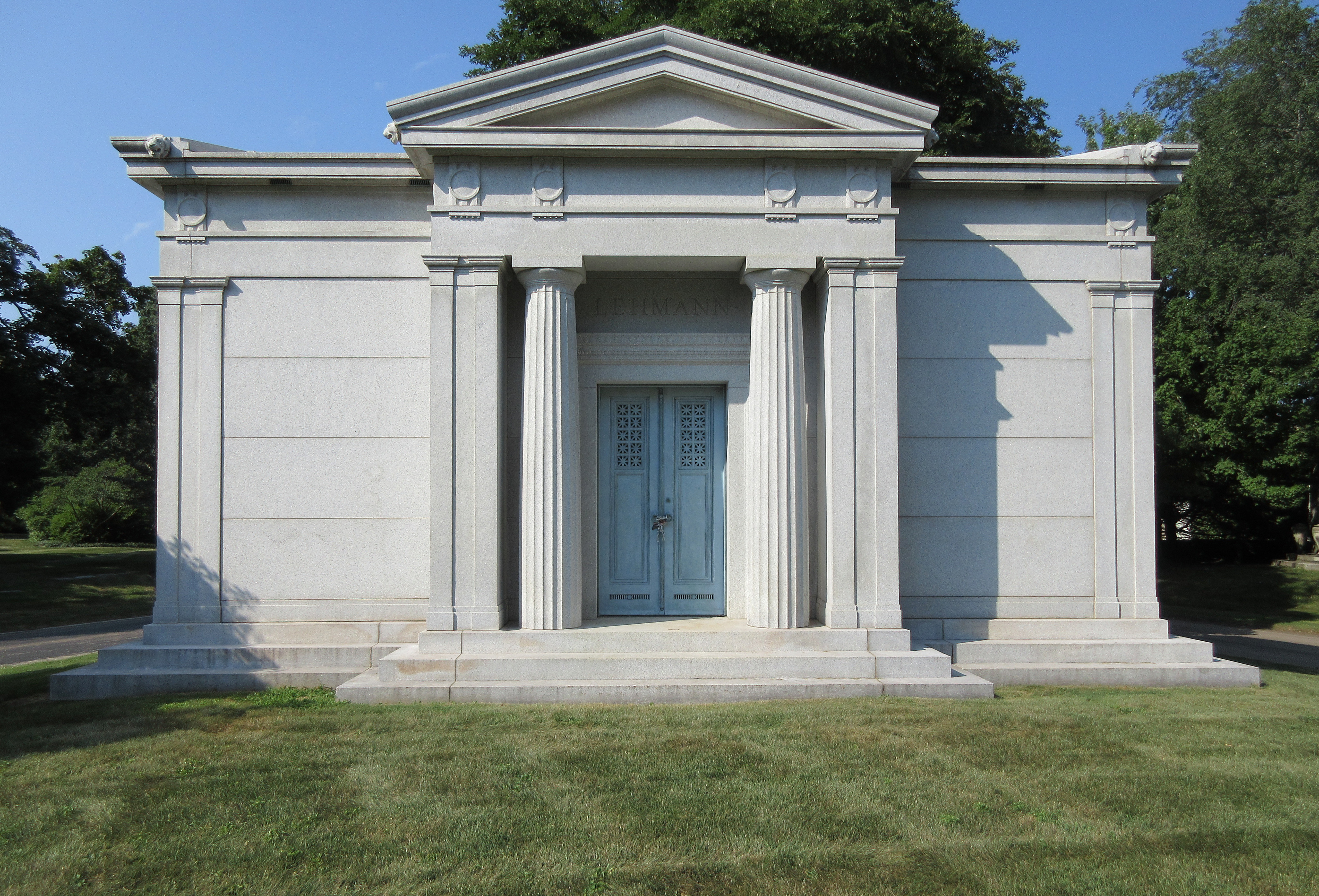One hopes that the conceptual design for a housing complex in College Park does not live up to the darkest predictions. And yet one must assume that the plan will not be released until it has been blessed by the Trustees.
The key justification seems to be that College Park is the only site left on campus that can fit 750 beds. Well, the Green is the only site left on campus that can fit 1,000 beds — what difference does that make? The idea that all of the needed beds must go into a single complex — far larger than any complex ever built at the college — seems entirely arbitrary, a wholly-self imposed restriction.
-
Dartmouth News reported on September 17:
Board members also received updates on a number of construction projects that are in the planning stages or under consideration, including the demolition of Gilman Hall, early designs for the Arthur L. Irving Institute building, the renovation of Murdough Hall, and the potential construction of new residence halls.
-
The College Park construction update for September 25 states:
An engineering firm will begin the College Park land survey on September 25. This work will continue through late-October.
Noise monitoring devices will be set up on October 2 in and around College Park, including 3 locations along North Park Street. The equipment will be removed in mid-October.Is the noise monitoring meant to establish a baseline level for comparison to later construction noise, especially the noise of blasting?
-
The Dartmouth News story on the concept plan states that “Land surveying and site analysis of the west end of the park will be done over the next six weeks by Sasaki Architects[.]” During the second half of the nineteenth century, classes in surveying were a part of the undergraduate engineering curriculum, and a survey of College Park was a typical and probably mandatory subject of a class project each year. Student surveying teams would pose for group photos in the Bema. This is probably the most-mapped plot of land in Hanover. (And recently, students in Art History 34 plotted out a half-scale footprint of a gothic church in the Bema.)
-
Marlene Heck has a letter opposing the project in the Valley News.
-
The Dartmouth has an article and an editorial about the project.
-
Here’s what the Town’s 2003 master plan said about College Park:
Having shown great leadership in conserving the Mink Brook Nature Preserve, Dartmouth College should continue, where possible with the Town and others, to play a constructive role in the stewardship of special open areas. The College should preserve its special places such as the Green, the Bema, College Park, and Occom Pond.
-
For some reason Wikipedia has been attributing the design of Shattuck Observatory to nineteenth-century Boston architect Gridley J.F. Bryant, at least in the article about Bryant. That article also credited Bryant with the design of Dartmouth Hall, a misattribution that crept into the main Wikipedia article about Dartmouth as well as an article in the Keene Sentinel.
